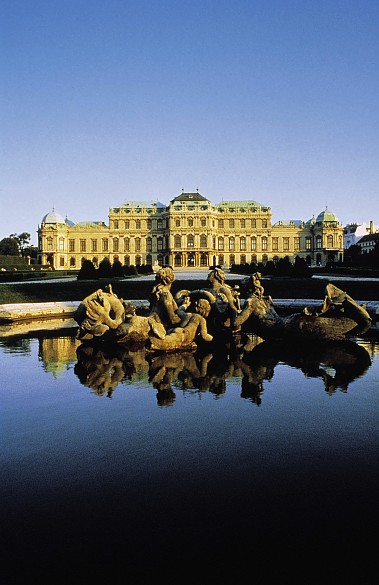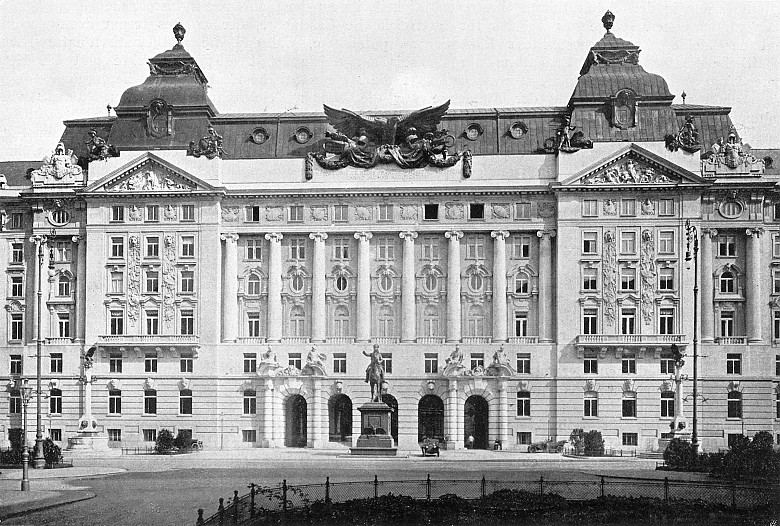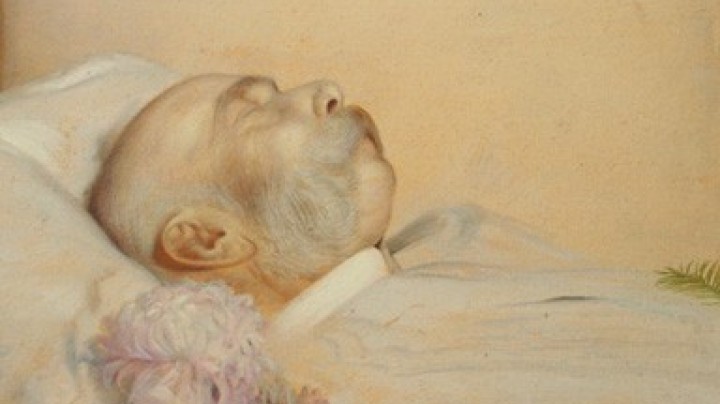Franz Ferdinand: The conservative archduke
Franz Ferdinand’s political views were shaped by a narrow-minded conservatism. The archduke was thus the polar opposite of the liberal Crown Prince Rudolf.
Anti-democratic and clericalist, Franz Ferdinand was vehemently opposed to modernist tendencies, the industrial age and middle-class parliamentarianism. The heir to the throne represented conservative, feudal Austria.
Franz Ferdinand kept up an emphatically aristocratic lifestyle, as expressed in his love of hunting. A typically Habsburg passion, in him the thrill of the chase took on an almost pathological character: Franz Ferdinand was the most trigger-happy of the Habsburgs, as attested by his meticulously kept hunting ledgers which record a total of 274,511 kills. The walls of his palaces were decorated with dense displays of hunting trophies.
His favourite country estate at Konopiště in Bohemia became a symbol of his pro-Slav political plans. Although very popular in Bohemia, the archduke had little support at the Viennese Court, being seen as ambitious, difficult, irascible and lacking in diplomacy.
The archduke’s conservative attitudes also manifested themselves in his taste in art: Franz Ferdinand was a pronounced opponent of the early Viennese Modern movement, today regarded as the ‘trademark’ of the Viennese art scene around 1900. Franz Ferdinand successfully blocked projects designed by Otto Wagner, for example the new War Ministry on Stubenring, where today an ornate neo-Baroque edifice by Ludwig Baumann, an architect much favoured by the archduke, faces Wagner’s iconic Post Office Savings Bank. In the field of art Franz Ferdinand was the figure who wielded the most influence in the dynasty, since Franz Joseph scrupulously avoided taking a position. The elderly emperor eventually delegated the completion of the Neue Burg wing of the Hofburg to his successor, which resulted in a number of changes to the designs. This mammoth project was to remain uncompleted.
Franz Ferdinand was also an enthusiastic collector of art, buying large quantities of antiques. However, he possessed little expertise and was often taken in by forgeries. He spent large sums of money on historicizing restorations of his private residences, furnishing them with a plethora of objets d’art. As heir to the Italian Habsburg-d'Este line, Franz Ferdinand was also the owner of the valuable Este art collection which was among the most important in Europe. Like many aristocrats of his time, the archduke’s tastes were firmly rooted in the late Historicist aesthetic, while progressive groups within the middle classes favoured modern artistic currents.
Franz Ferdinand’s official residence in Vienna was the Upper Belvedere Palace, which he had extensively restored and furnished in the neo-Baroque style. His promotion of this style was a deliberate expression of his extremely conservative political views. It also corresponded to his love of the Baroque, an era that in the historiography of the time was regarded as Austria’s heroic age and which the archduke saw as the classic Austrian Habsburg style.
‘The Belvedere’ also became a byword for the archduke’s ‘shadow government’, as it was here that he gathered political stalwarts around him in preparation for assuming the reins of power when the elderly emperor died, in opposition to the established forces at Court, referred to in the political scene of the time as ‘Schönbrunn’.














